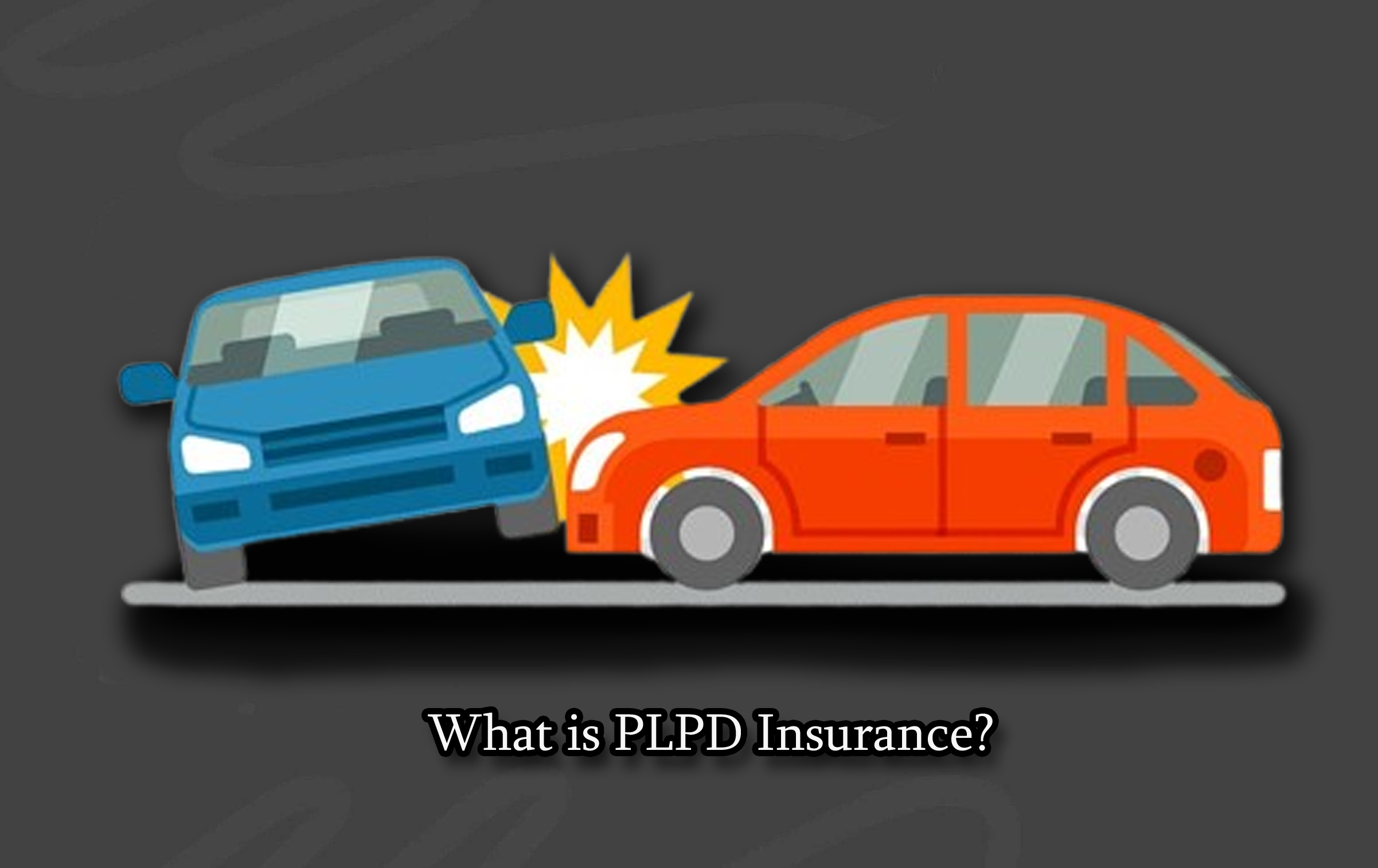
What is PLPD Insurance? It is important for drivers to have a certain minimum amount of car insurance coverage to drive a car. This is to offer financial protection in case of an unexpected event like accidents where they are found at fault.

Car insurance covers the cost of repairs to the other party’s car damages as well as medical bills in case of any bodily injuries. In cases like this, PLPD comes in handy.
PLPD insurance is the minimum amount of car insurance coverage required by a state for its drivers. This implies that every driver is required to have this car insurance policy to be a legal driver in these states. However, whether the state requires it or not, it is a good idea to get this car insurance.
Personal liability and property damage insurance offers financial coverage for the other driver’s medical and property damage. It makes it a lot easier for at-fault policyholders to get over unexpected bills relating to accidents causing damages to a third-party driver’s car as well as injuries. Hence, in this blog post, you’ll get every piece of information you need to know about this insurance to help you make the right choices.
What PLPD Insurance Covers
PLPD offers coverage for different damages and expenses related to the other driver’s vehicle. Just as the name implies, PLPD is broken into two different types of coverage, which are personal liability and property damage insurance.
Personal Liability Insurance
This insurance coverage, commonly known as bodily injury coverage, covers medical expenses when a policyholder is at fault for a collision and the driver and its passengers require medical services.
Property Damage Insurance
This car insurance offers coverage for repairs and replacements to damages caused by an at-fault policyholder to another driver’s vehicle. Aside from this, this insurance also covers damages to other structures, like damaged fences and so on.
What Does PLPD Insurance Not Cover?
Unlike other car insurance policies, PLPD insurance does not cover injuries or damages related to an at-fault policyholder’s vehicle. Instead, it covers the damages caused by a policyholder to another driver. The following coverage is not covered by this car insurance policy:
Damage To Vehicle
This insurance coverage covers the repairs and replacement to the damages on the other driver’s vehicle if the accident was your fault, while you make out-of-pocket payments for your car repairs.
Medical Bills
In cases where you are at fault for a collision leading to bodily injuries and you only purchased liability insurance coverage, your PLPD insurance will not cover it. However, if you have health insurance coverage, your medical bills may be covered.
How Much PLPD Insurance Do I Need?
Every state has a minimum required limit for this insurance type, and car insurance companies cannot offer coverage below that limit. It is recommended to purchase PLPD insurance with higher limits than the state minimum.
If you’re at fault and damages exceed your policy limit, you’ll cover the difference. To avoid this risk, it’s advisable to choose coverage with higher limits.
How can I get PLPD insurance?
You can either visit any car insurance company in person or contact an insurance agent to guide you through the steps of getting PLPD insurance. Aside from these, you can also get PLPD insurance online through different insurance provider websites.
Purchasing car insurance online allows you to compare insurance rates and quotes easily. Just by providing information about your details, car information, driving record, and more, you can easily apply for PLPD insurance.
What’s The Difference Between PLPD and Full-Coverage Insurance?
PLPD car insurance covers damages and medical expenses for other vehicles when the policyholder is at fault but does not cover damage to your own vehicle. For that, full-coverage insurance is needed.
With PLPD, at-fault policyholders must pay out of pocket for their car’s damages. While full coverage protects both your vehicle and medical expenses.
Also, if you want coverage for both yourself and other drivers, full-coverage insurance is the better option. It offers a broader range of policy options, whereas PLPD provides only basic liability protection.